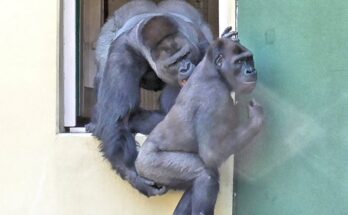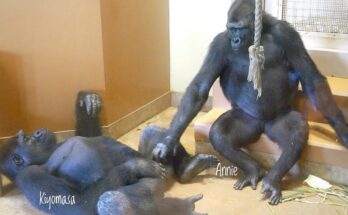
Gorillas don’t speak like humans, but their ways of communication are rich, subtle, and highly effective. In the dense rainforests where they live, gorillas rely on a variety of vocalizations, gestures, facial expressions, and body postures to share emotions, intentions, and warnings.
Researchers have identified over 20 different gorilla vocal sounds. These range from grunts and barks to screams and chest beats. A soft grunt can signal contentment or reassurance, while a loud roar or chest beating often serves as a warning to outsiders or potential threats. Contrary to popular belief, chest beating is not always a sign of aggression—it can also be a display of excitement, playfulness, or dominance.
Facial expressions play a major role in communication. A calm, relaxed face often signals peace, while bared teeth or a tight-lipped stare can mean tension or warning. Body language, such as standing upright or charging (usually bluffing), helps resolve conflicts without violence.
One of the most remarkable demonstrations of gorilla communication came from Koko, a western lowland gorilla who learned over 1,000 signs in American Sign Language (ASL). Through signing, Koko was able to express thoughts, emotions, and even humor. Her ability to connect with humans challenged many long-held beliefs about the emotional and intellectual limits of animals.
Communication helps gorillas maintain group harmony, raise young, and avoid unnecessary fights. It also shows how intelligent and emotionally complex they truly are.
By understanding how gorillas express themselves, we get a glimpse into a non-verbal world where connection happens without words—proving that language is more than just speech.
📺 Watch Koko use sign language in this touching video:


